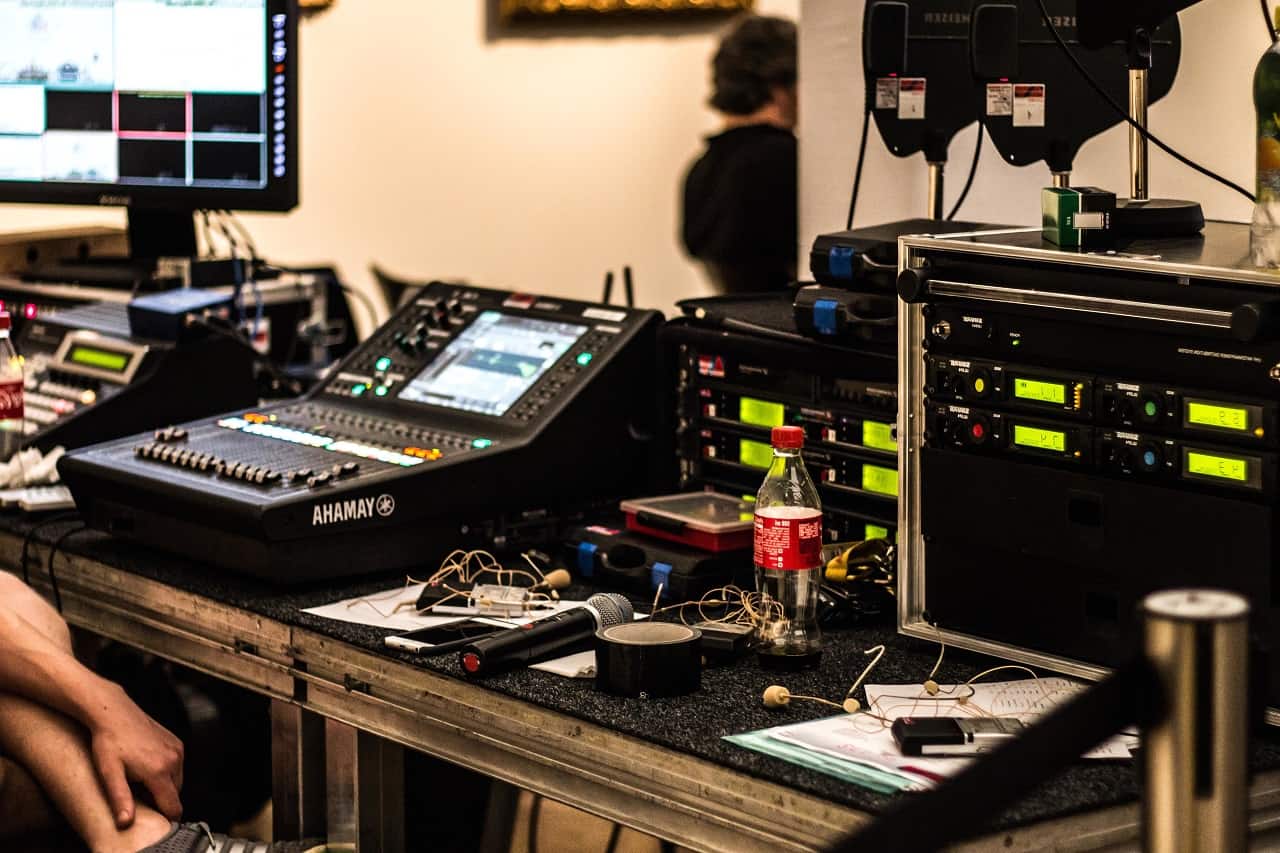The evolution of smart technology over the years has introduced new ways of living and an extensive amount of data has been collected and continues to be valued. Now, there is a new type of smart technology, called sensing technology. It expands upon the traditional smart technology and focuses on the value of the AI that can be extracted out of data rather than the data itself, according to Carlo Ratti of the firm Carlo Ratti Association (CRA) in Turin, Italy. On the online magazine We Build Value, there is an exclusive interview with Carlo Ratti.
In terms of how sensing technology affects cities and everyday life, it is making a smart city more efficient and offering solutions we have not yet seen before. Examples of sensing technology include: driverless shuttle buses, robotic garbage removal in tunnels underground, and traffic lights that track commuting patterns.
Sensing technology is tailor-made for the people and city needs, and it learns and takes in what is happening around it to make things better. Essentially, a sensing city expands the concept of a smart city. The everyday behind-the-scenes activities that happen to make a city run, such as the flow of sewage, trash, mail, traffic flow, mail delivery, etc., all of these things can be tracked in a sensing city, adapted to and made to be more efficient. The quality of life drastically improves when health, hygiene and traffic flow, for example, are improved. This means greater health and better accessibility to medical facilities when needed, a cleaner city, and far less commuting hours.
Architect and pioneer of the “Senseable City”, Carlo Ratti, is the founder of CRA the director of MIT’s Senseable City Lab. He is passionate about inventing the city of the future and utilizing sensing technology to find new solutions to old problems. To paraphrase Ratti’s words, «the more human this city is, capable of sensing through digital sensors, the more it can meet its citizens’ needs». This new type of city is make possible thanks to «continuous use of digital technologies and of the so-called Internet of Things (IoT), both in our lives and within our city spaces, which began some twenty years ago, and is destined to intensify during the following years. This allows us to find new solutions to old problems: from mobility with driver-less cars, to energy participation».
Sensing technology will not only benefit life quality, but also it will have a very positive impact on the environment. By using an IoT approach, using smart technology will enable people to track the amount of waste, etc. depending on factors that directly impact the individual processes. Waste can be reduced, energy efficiency can be improved, pollution can be reduced and more. For example, improved commuting hours and transportation methods, for example, will reduce the number of cars on the road and the pollution that results from transportation methods. Overall, sensing technology can drastically help the flow of the city and also benefit the environment.
Artificial intelligence will continue to impact cities in our future, but on a greater level. Carlo Ratti has been announced as Chief Curator for the 2019 Shenzhen Bi-City Biennale of Urbanism/Architecture and will explore just how AI will affect communities and urban space. Ratti explains, “Sensors and networks have been blanketing our cities for a few decades now. However, thanks to advances in deep learning and imaging, we are now reaching an unprecedented scenario, whereby architectural space is acquiring the ability to ‘see’: it can potentially recognize us and autonomously react to our presence. What can the consequences of this new scenario be on urban life? We believe it will dramatically change our relationship with architecture and physical space.”
In years to come, there is value to be seen from the AI that can be extracted from data. It can go towards creating a better life for all and benefiting our environment. We’ve already seen self-driving cars, and with an IoT approach, the old problems of cities can be addressed by the use of advanced technology.

